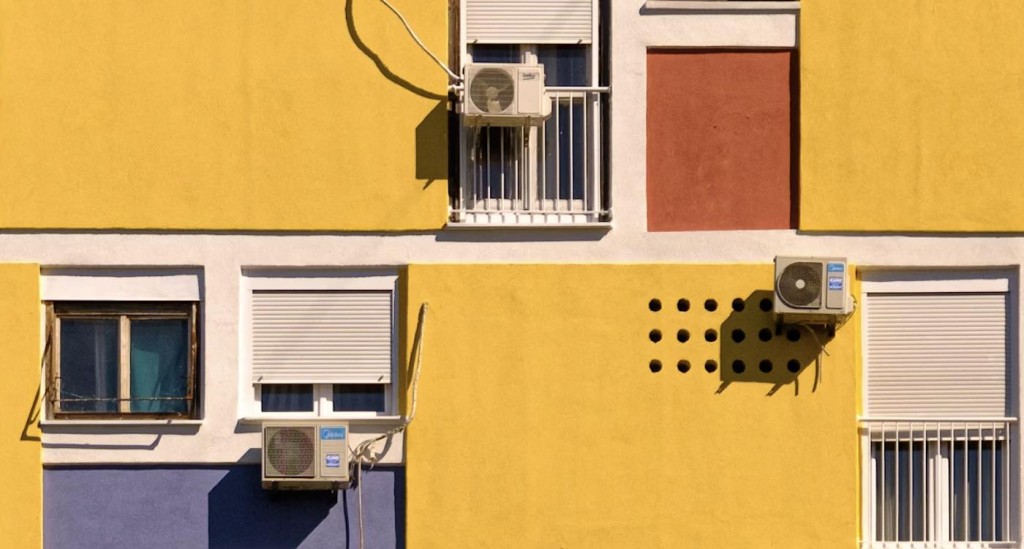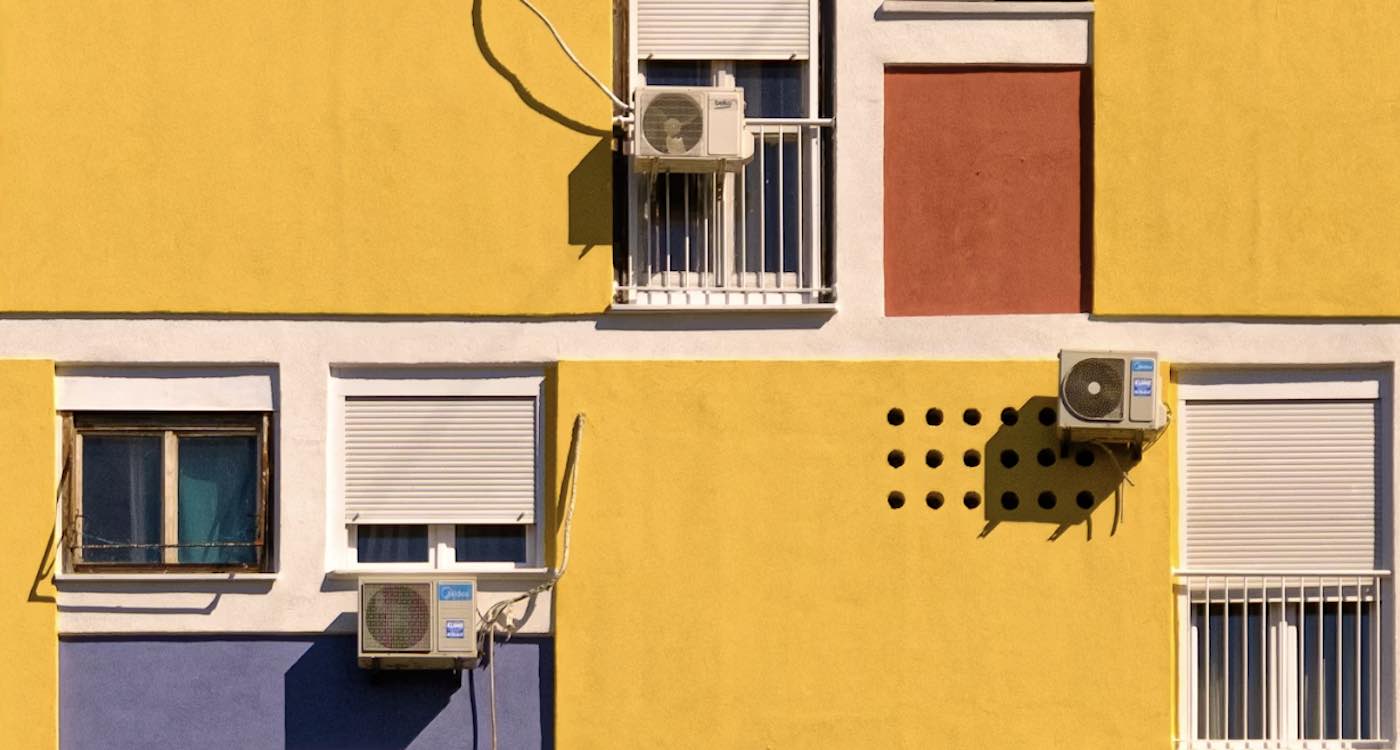
Reprinted via EarthTalk®, From the Editors of E – The Environmental Magazine
Are there any environmentally friendly air conditioners out there?
Traditional air conditioning units consume significant amounts of energy and rely heavily on refrigerants that contribute to global warming. The good news is that there are several environmentally-friendly air conditioning options available today.
One notable advancement is the development of energy-efficient air conditioners. These units are designed to use less electricity and reduce their carbon footprint—while lowering your energy bills compared to older units.
In the US, Energy Star certified air conditioners meet strict energy efficiency standards set by the Environmental Protection Agency (EPA) and can help reduce energy usage by up to 15 percent. By choosing an Energy Star certified model, consumers can make a positive impact on both the environment and their wallets. There are also some solar air conditioning options available today.
Another eco-friendly air conditioning solution gaining popularity is the use of evaporative coolers, also known as swamp coolers. Unlike conventional air conditioners, which use refrigerants and compressors to cool the air, evaporative coolers work by passing air over water-soaked pads, causing evaporation and cooling the air. These units consume significantly less energy than traditional air conditioners, but they may only be a suitable option for dry climates. They’re not as effective in areas with high humidity.
In recent years, researchers and engineers have been exploring more sustainable alternatives to refrigerants used in air conditioners. One such alternative is hydrofluoroolefin (HFO) refrigerants, which have a much lower global warming potential compared to hydrofluorocarbon (HFC) refrigerants commonly used today. HFOs are less harmful to the ozone layer and have a significantly lower impact on global warming. Some manufacturers have already started producing air conditioners that use HFO refrigerants, offering a greener cooling solution.
RELATED: Toronto is Replacing Air Conditioners With Deep Lake Water to Cool Hundreds of Buildings
Additionally, there is a growing trend towards the use of geothermal heat pumps for cooling purposes. These systems utilize the constant temperature of the earth to provide cooling, rather than relying on electricity to generate cool air.
Geothermal heat pumps are highly efficient and can save up to 30-60 percent on energy costs compared to traditional air conditioners. They also have a longer lifespan and require less maintenance. While the initial installation costs may be higher, the long-term environmental and financial benefits make them a viable option for those looking to minimize their ecological impact.
LOOK: This Iridescent Coating Could Cool Your House Without Air-Conditioning
Finally, it is essential to consider proper maintenance practices when using air conditioners. Optimizing insulation, reducing air leaks, and shading windows can help reduce the load on air conditioning systems. Regular maintenance, such as cleaning filters and ensuring proper airflow, ensures that the unit operates at maximum efficiency.
Energy-efficient models, evaporative coolers, safer refrigerants, and geothermal heat pumps are good alternatives to reduce the ecological footprint of cooling our buildings. By making informed choices and adopting sustainable practices, we can stay cool without worsening the health of our planet.
EarthTalk® is produced by Roddy Scheer & Doug Moss for the 501(c)3 nonprofit EarthTalk. See more at emagazine.com. To donate, visit Earthtalk.org. Send questions to: [email protected].
SHARE THE COOL TIPS With Earth Lovers on Social Media…




















